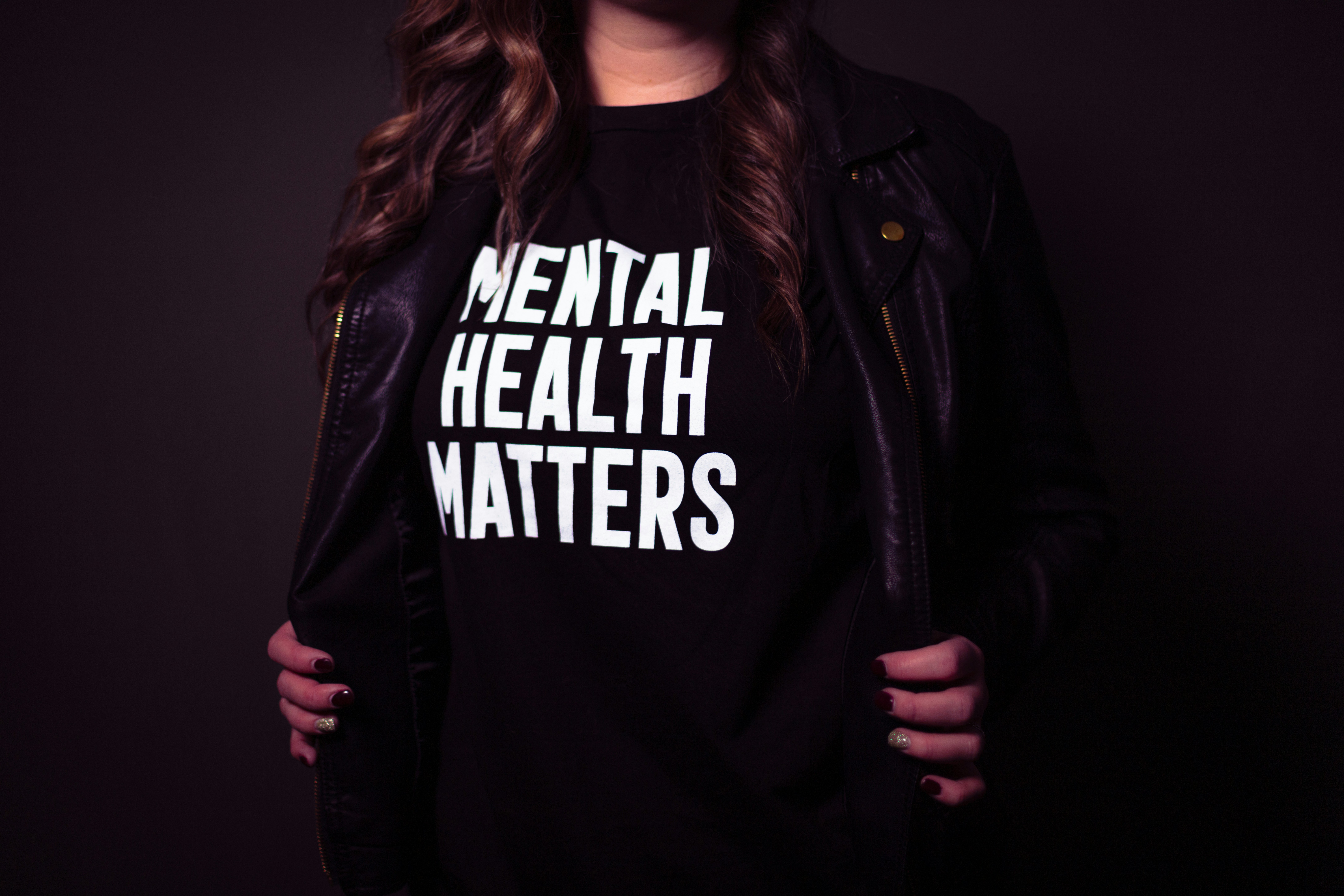Understanding Bipolar Tests for Accurate Diagnosis
Bipolar disorder can be difficult to recognize, especially in its early stages. Proper testing plays a key role in making an accurate diagnosis. Understanding how mental health professionals evaluate symptoms helps individuals and families better navigate the process. With the right approach, it’s possible to receive the support needed for effective treatment and long-term stability.

What is the Purpose of Bipolar Tests?
Bipolar tests serve multiple essential functions in mental health care. These assessments help healthcare professionals differentiate bipolar disorder from other mental health conditions that may present similar symptoms, such as depression, anxiety disorders, or attention deficit hyperactivity disorder. The primary purpose involves identifying patterns of mood episodes, including manic, hypomanic, and depressive states that characterize bipolar disorder.
These diagnostic tools also assist in determining the specific type of bipolar disorder, whether Type I, Type II, or cyclothymic disorder. Each subtype requires different treatment approaches, making accurate classification vital for developing effective treatment plans. Additionally, bipolar tests help establish baseline measurements for tracking treatment progress and identifying potential triggers or warning signs of mood episodes.
What are the Most Common Types of Bipolar Tests?
Several standardized assessment tools are widely used in clinical practice for bipolar disorder evaluation. The Mood Disorder Questionnaire (MDQ) remains one of the most frequently utilized screening instruments, designed to identify potential bipolar symptoms in both clinical and research settings. This self-report questionnaire focuses on manic and hypomanic episodes.
The Bipolar Spectrum Diagnostic Scale (BSDS) offers another comprehensive approach, incorporating both patient self-assessment and clinician evaluation components. The Young Mania Rating Scale (YMRS) specifically measures the severity of manic symptoms, while the Hamilton Depression Rating Scale (HDRS) assesses depressive episodes. Healthcare providers often combine multiple assessment tools with clinical interviews and behavioral observations to ensure comprehensive evaluation.
How Does the Mood Disorder Questionnaire Work?
The Mood Disorder Questionnaire operates as a screening tool consisting of 15 yes-or-no questions that explore various aspects of manic and hypomanic behavior. Patients respond to questions about elevated mood, increased energy, decreased need for sleep, racing thoughts, distractibility, and increased goal-directed activity. The questionnaire also examines whether these symptoms occurred during the same time period and assesses their impact on functioning.
Healthcare professionals interpret MDQ results alongside clinical interviews and other assessment data. A positive screening result doesn’t confirm a bipolar diagnosis but indicates the need for further comprehensive evaluation. The questionnaire’s effectiveness lies in its ability to identify individuals who may benefit from more detailed psychiatric assessment, particularly those whose manic or hypomanic episodes might have gone unrecognized.
What Challenges Exist in Diagnosing Bipolar Disorder?
Diagnosing bipolar disorder presents numerous complexities that can delay accurate identification and appropriate treatment. Many individuals seek help during depressive episodes rather than manic or hypomanic phases, potentially leading to misdiagnosis as unipolar depression. Hypomanic episodes, particularly in Type II bipolar disorder, may be perceived as periods of high productivity or creativity rather than symptoms requiring medical attention.
Comorbid conditions frequently complicate the diagnostic process, as bipolar disorder often co-occurs with anxiety disorders, substance abuse, or attention deficit hyperactivity disorder. These overlapping symptoms can mask or mimic bipolar presentations. Additionally, cultural factors, age of onset, and individual variations in symptom presentation contribute to diagnostic challenges. The absence of laboratory tests or brain imaging that can definitively diagnose bipolar disorder means clinicians must rely on symptom patterns, patient history, and behavioral observations.
What Unique Insights Can Bipolar Tests Offer in the United States?
In the United States healthcare system, bipolar testing approaches reflect both advances in mental health research and ongoing challenges in accessibility and standardization. American psychiatric practice emphasizes evidence-based assessment tools that have been validated across diverse populations, though cultural considerations remain important for accurate diagnosis among different ethnic and socioeconomic groups.
The integration of technology in mental health care has led to digital assessment tools and smartphone applications that can supplement traditional testing methods. These innovations allow for real-time mood tracking and symptom monitoring between clinical appointments. However, disparities in healthcare access across different regions and populations in the United States mean that comprehensive bipolar testing may not be equally available to all individuals who could benefit from evaluation.
Research conducted in American clinical settings continues to refine diagnostic criteria and assessment methodologies, contributing to international understanding of bipolar disorder presentations and treatment approaches. The emphasis on personalized medicine in American healthcare also influences how bipolar tests are interpreted and integrated into individualized treatment planning.
Understanding bipolar tests provides valuable insight into the complex process of diagnosing this multifaceted mental health condition. While these assessment tools offer crucial guidance for healthcare professionals, they represent just one component of comprehensive psychiatric evaluation. The combination of standardized questionnaires, clinical interviews, behavioral observations, and ongoing monitoring creates a more complete picture that supports accurate diagnosis and effective treatment planning. As research continues to advance our understanding of bipolar disorder, testing methodologies will likely continue evolving to provide even more precise and accessible diagnostic approaches.
This article is for informational purposes only and should not be considered medical advice. Please consult a qualified healthcare professional for personalized guidance and treatment.




